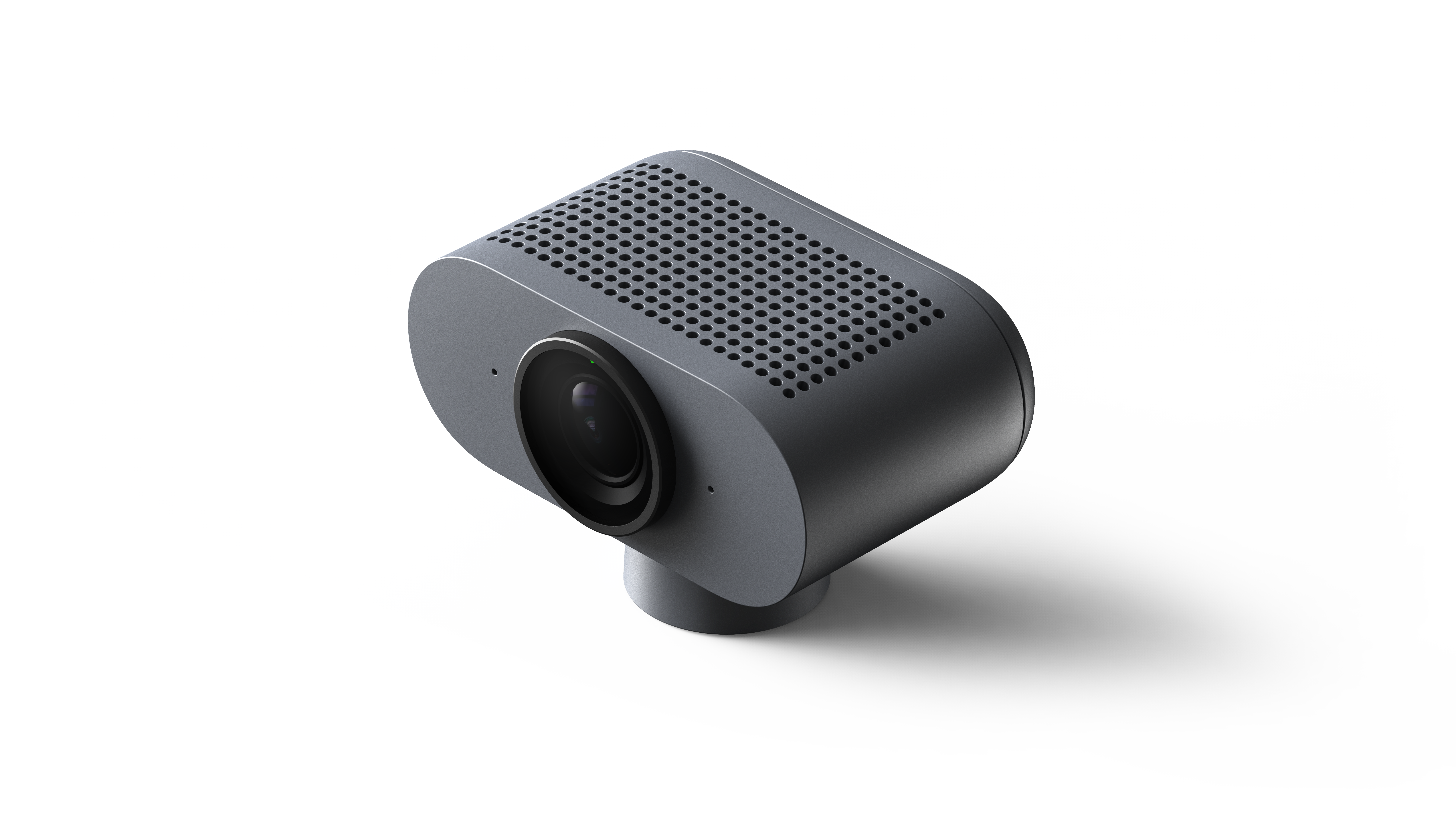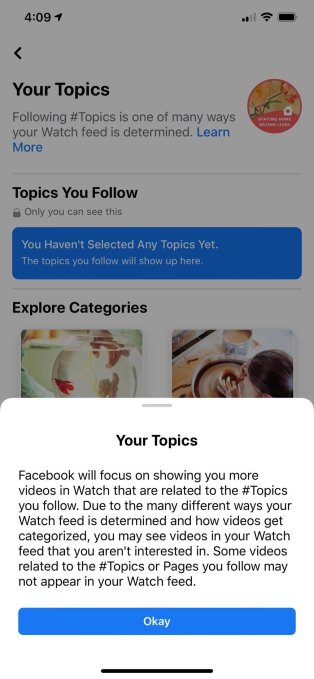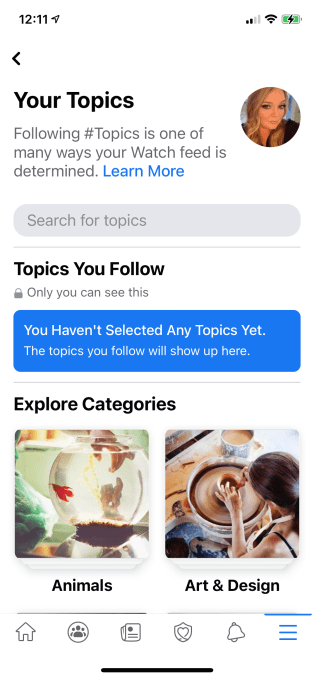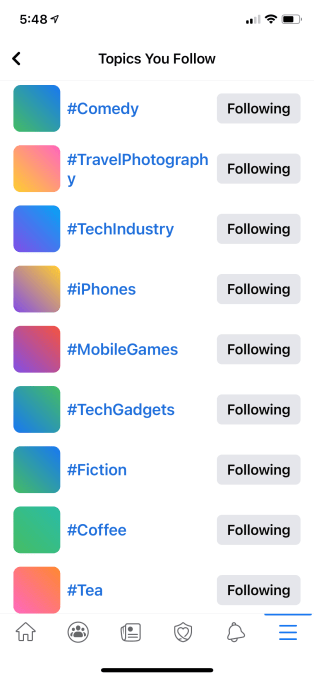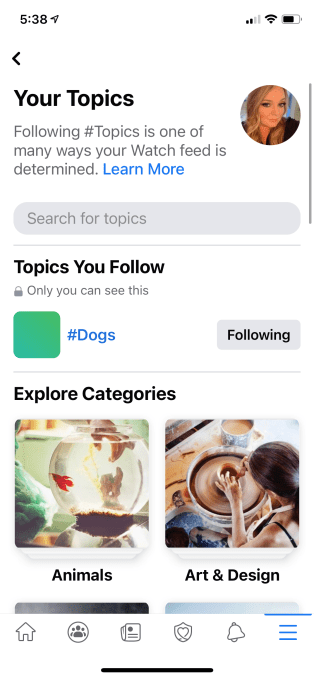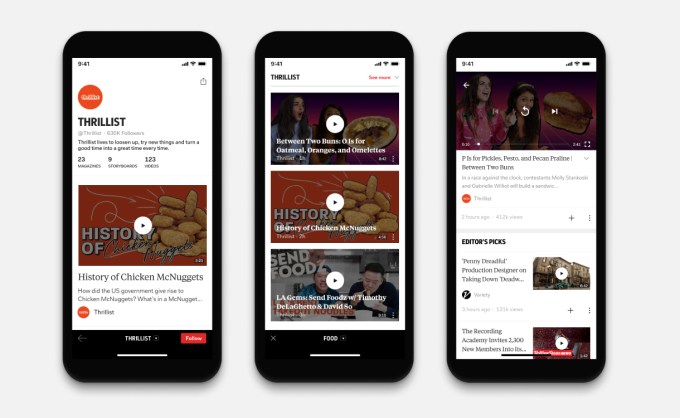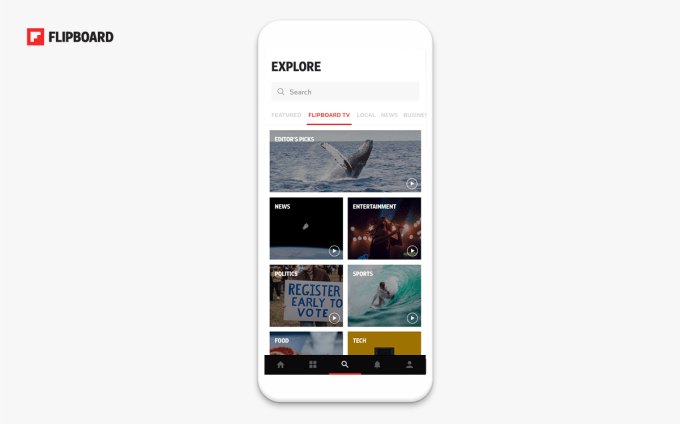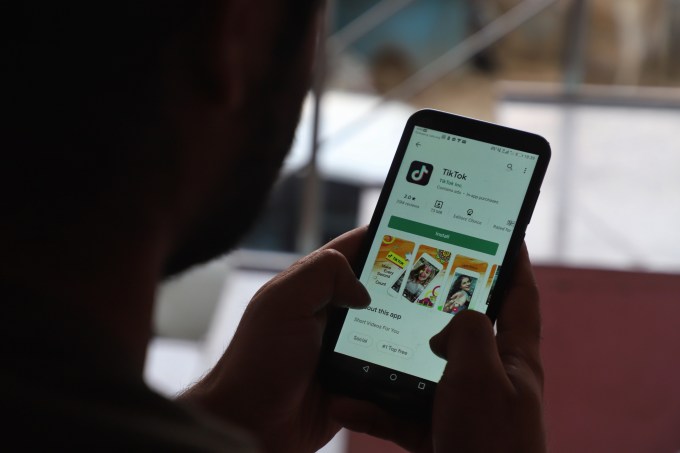This Gillmor Gang episode is as much about what we didn’t talk about as what we did. In the run up to the recording session, we somehow suspected we’d talk about Apple’s virtual event on Tuesday. Then, 15 minutes after we finished, RBG lost her battle to keep the Supreme Court from tipping even further to the right. With barely 7 weeks to the election, things changed.
Apple’s event focused on two product announcements — a next gen Apple Watch and an iPad Air refresh. Also bill boarded was the software side of Apple’s bundling of their services into a super package missing the next iPhone as the flagship hardware that sits on top. In fact, it also has the effect of bundling the Watch, the phone, the tablet, the AirPods, and even the AppleTV as a suite of services connected via wrist, ears, and eyes. Come to think of it, that really was something to talk about. But instead, two weeks before the climactic debates, our thoughts turned to handicapping where we’ll be by the time Apple actually ships the next wave of iPhones for the holidays.
The pandemic has altered our perspective in so many ways, but one key shift is the slow yet steady realization that waiting for the new normal is missing what is already staring us in the face. Yes, we’re champing at the bit to enjoy the weekend as though it was a separate thing. We celebrate our religious holidays as though they are a Zoom version of snow days. Next year in Jerusalem becomes how about a movie night out.
In that context a new iPhone delayed by two months is just about right. Besides, how much does 5G really matter when we’re stuck at home? The Hollywood production lockdown has caught up with the binge jockeys we’ve become. Old style broadcast TV is already caught in a vise between those of us who are sick of waiting through a summer of Big Brother to solve cliffhangers we could honestly care less about. We already have too many cliffhangers in real life — the election, the post-election, the vaccines, whether anybody will take them, oh yeah, the economy, not who’s in the SuperBowl but whether there’s a SuperBowl.
So Apple should have been something to talk about. Instead, it’s Tik Tok, which is OK because at least it’s about the kids and what they are up to. Our children have way more reality on their shoulders then they or we expected. The good news may be that they’re handling brutal college transitions and the testing of friendships pretty well. Harder is the family of vulnerable intermingling with the watch party crowd, parents struggling to protect their brood without benefit of even a sympathetic hug or twenty. Instead, it’s the kids trying to reassure us that it will be OK.
And now there’s RBG for the ages, and AOC to warn us not to stay home in November. Who knows whether it will work or not, but Ruth Bader Ginsberg and the Representative from Brooklyn are bookends on the corner turn we sit at in American history. The Tik Tok struggle may be seen in terms of the current administration, or a marker laid down in what social media 2.0 wil look like. Reality TV may be being obsoleted by a generation that spans boomers and snapchatters, where watch parties spring up to meet the demands of realtime.
Watch parties seem stuck in an older age of drive-ins and soda jerks. But look closer and signals emerge. Last week Facebook added a picture in picture feature to watch parties (not to be confused with Facebook Watch, or Apple Watch for that matter.) PiP puts you into a just in time mode where comments and tweets can blend a back channel to the show participants with group dynamics of the audience. It also combines the feel of podcasting with the fundamentals of the newsletter architecture. Watching how the candidates are battling the virus with undecided voters is now being virtualized. The important news is that we will see a decision shortly.
JFK showed the world how TV worked, not just in the debates with Nixon, but in his press conferences, a mashup of humor, political savvy, and an exciting confidence the Beatles picked up and ran with. “But even the President of the United States sometimes must have to stand naked,” Bob Dylan intoned. Now we’ll find out.
__________________
The Gillmor Gang — Frank Radice, Michael Markman, Keith Teare, Denis Pombriant, Brent Leary and Steve Gillmor . Recorded live Friday, September 18, 2020.
Produced and directed by Tina Chase Gillmor @tinagillmor
@fradice, @mickeleh, @denispombriant, @kteare, @brentleary, @stevegillmor, @gillmorgang
For more, subscribe to the Gillmor Gang Newsletter and join the notification feed here on Telegram.
The Gillmor Gang on Facebook … and here’s our sister show G3 on Facebook.

